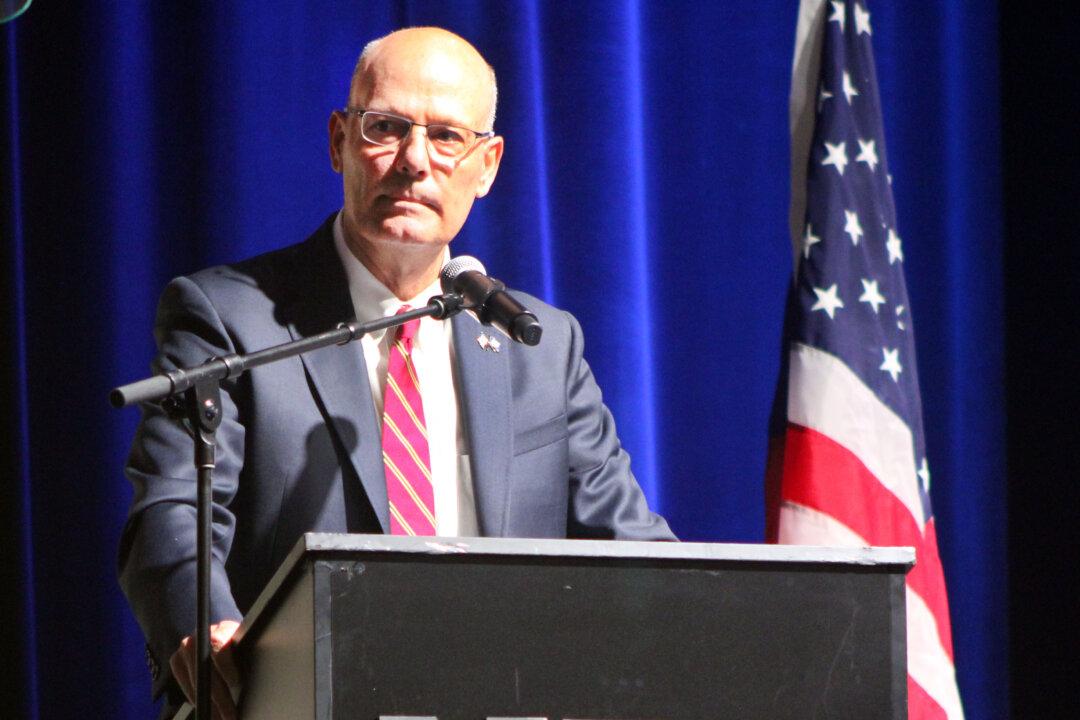ATLANTA—Doug Hamlin, executive vice president and CEO of the National Rifle Association (NRA), said the 154-year-old organization has implemented reforms to enable it to rise above its legal troubles.
“We’re making the changes we need to make the NRA stronger right where we are,” Hamlin told a gathering at the Georgia World Congress Center in Atlanta on April 26.





